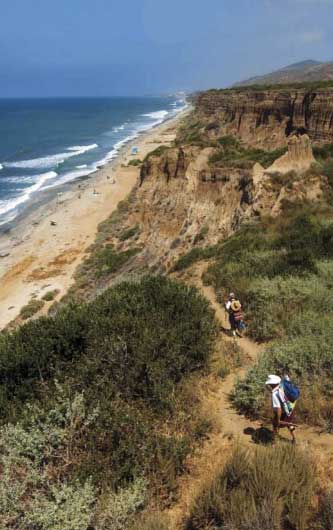The final review of the radiation leak at the San Onofre Nuclear Generating Stations (SONGS) has been completed by the Nuclear Regulatory Commission (NRC). Among its findings are that Southern California Edison (SCE) responded appropriately to the issue, while Mitsubishi Heavy Industries, a company based in Japan, is to blame. They found that Mitsubishi’s “faulty computer modeling” resulted in mismatched components that, after only a year, had worn down significantly.
The good news is that we caught this issue before a catastrophic problem occurred, hinting that the safety protocols from SCE were adequate. The bad news is that we were one computer glitch away from a national disaster.
The outcome of all this is uncertain. You can bet that SCE would like to restart SONGS to start making money again, and they can do so by completing the checklist in the NRC report. They have said publicly this will not be until at least September, probably longer, meanwhile the public is digesting this news and preparing a public hearing from the NRC.
Many are speculating that since the plant was not needed during the heavy-use summer days, maybe it is not needed at all. But, that ignores the fact that other power plants were operating above capacity to compensate. Either way something will need to change, whether it’s an acceptance of the restart of SONGS, a new plan to make normal the over-operation of natural gas plants, or some blended model that takes into account the renewable energy sources coming online in the next few years.
NRC:
- Summarized brief (pdf) on the 100-page inspection report
- Special oversight page including all reports & documents
- Public meeting schedule
- Blog post on the report from Victor Dricks
- All blog posts about San Onofre
SCE public releases from February and March that validate their appropriate responses to this issue.
The findings from the NRC report:
Faulty computer modeling that inadequately predicted conditions in steam generators at the San Onofre Nuclear Generating Station and manufacturing issues contributed to excessive wear of the components, U.S. Nuclear Regulatory Commission inspectors have concluded.
Unit 3 at the plant near San Clemente, Calif., operated for about one year following replacement of its steam generators when control room operators received alarms Jan. 31 that indicated reactor coolant was leaking into a steam generator. The leak was unexpected and Southern California Edison Co. operators responded appropriately by shutting down the reactor. Plant safety systems functioned as designed in the shutdown.
The team also determined that Southern California Edison provided the NRC with all the information required under existing regulations about proposed design changes to its steam generators prior to replacing them in 2010 and 2011.
The report also identifies 10 issues requiring additional follow-up by the NRC including:
- Further review of the adequacy of the plant’s post trip/transient procedure.
- Review of the adequacy of acoustical alarms used to identify loose parts in steam generators
- Evaluation of steam generator retainer bar design for vibration impacts
- Evaluation of and control of the Unit 3 divider plate repair
- Unit 3 steam generator shipping requirements
- Lack of tube bundle support for steam generators during shipment
- Evaluation and disposition of accelerometer data used to measure unusual movement of steam generator shipping packages
- Review of the process used by the NRC to approve the plant’s steam generator replacement
- Control of manufacturing differences
- Adequacy of Mitsubishi Heavy Industries’ computer simulation modeling.

Hello there. I just searched online about to find some new jobs rein Texas. And i became aware of your blog through Google, and found that it is truly informative for myself. I am gonna find some fore info, but i think i made my decision allready. Numerous people will beryllium benefited from your writing. Cheers from Marc!